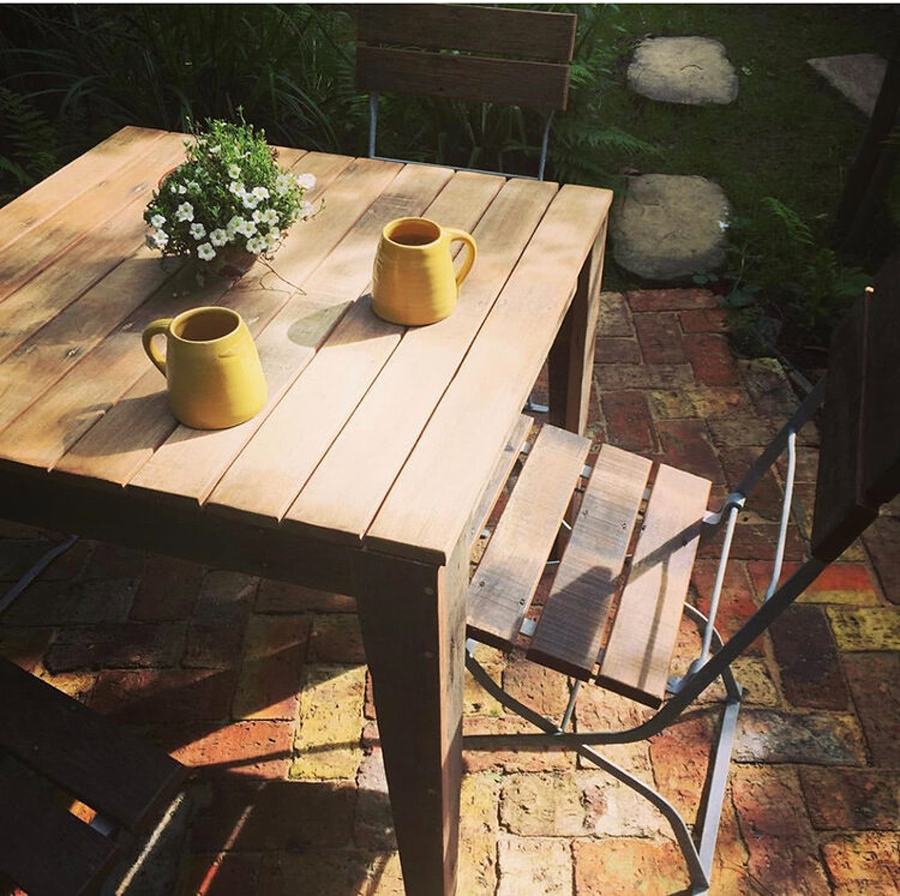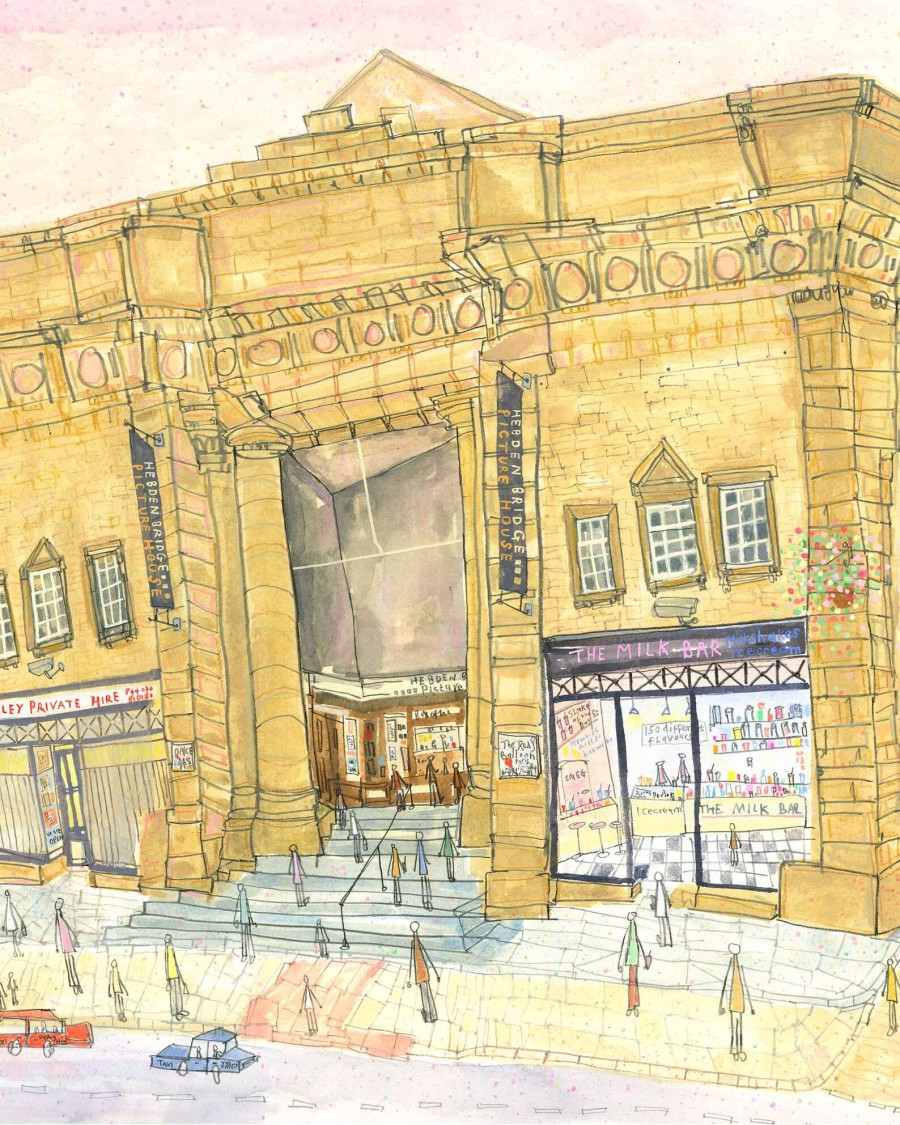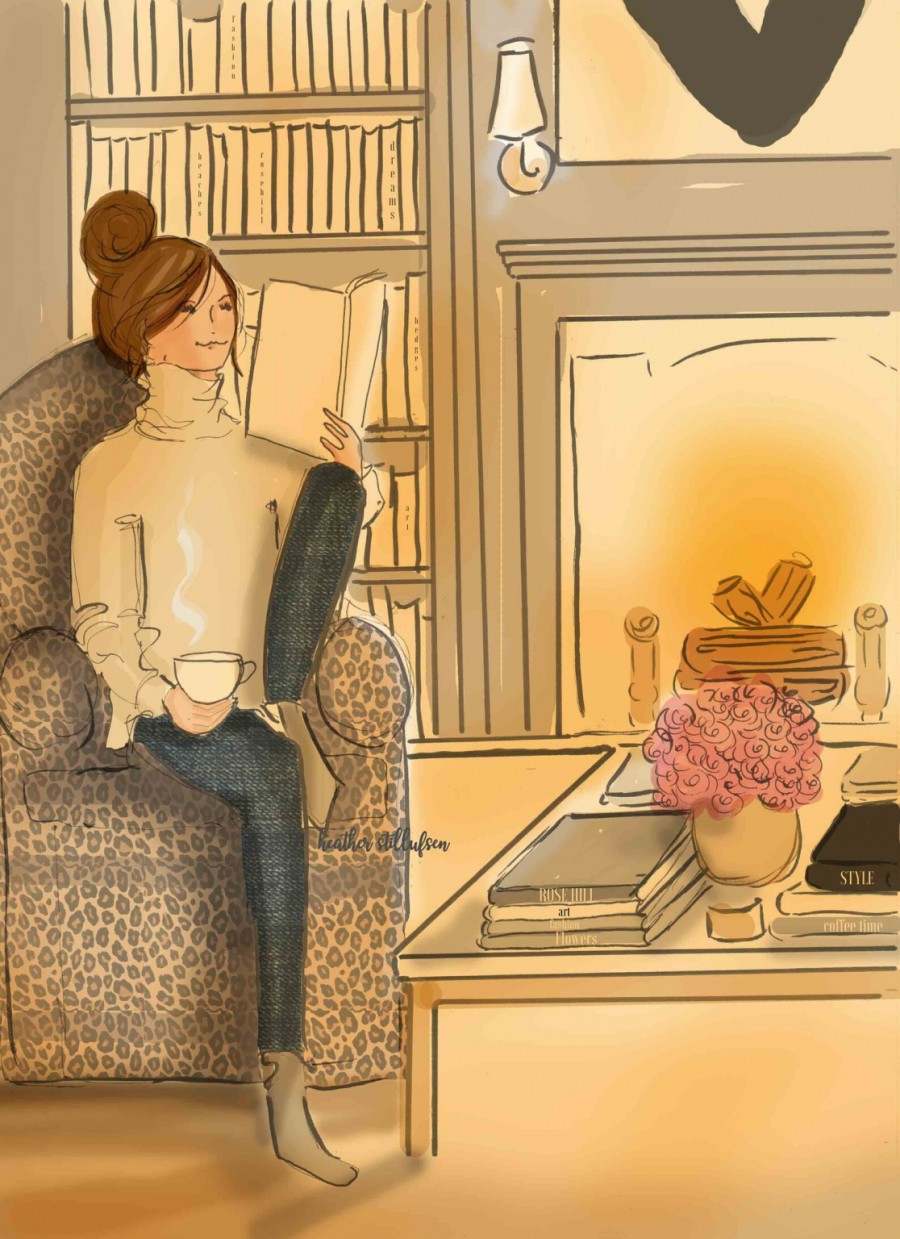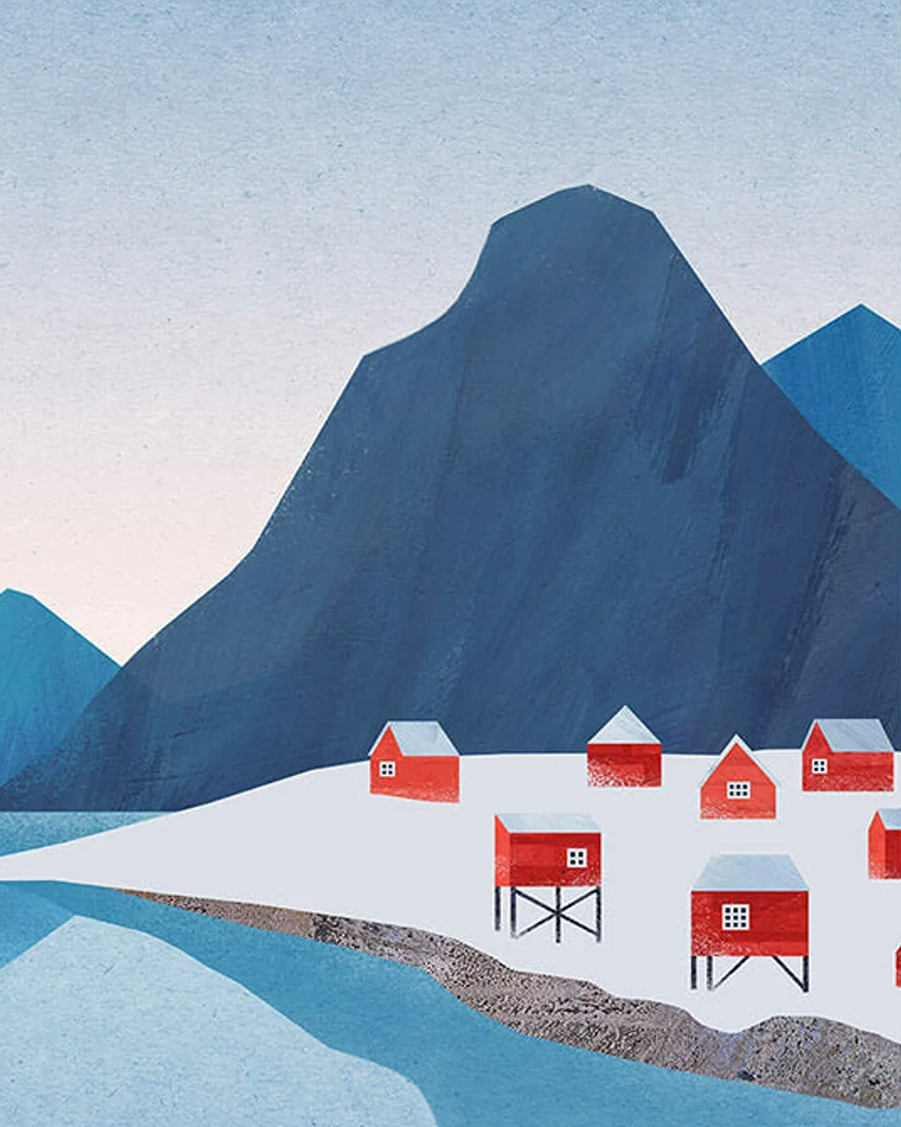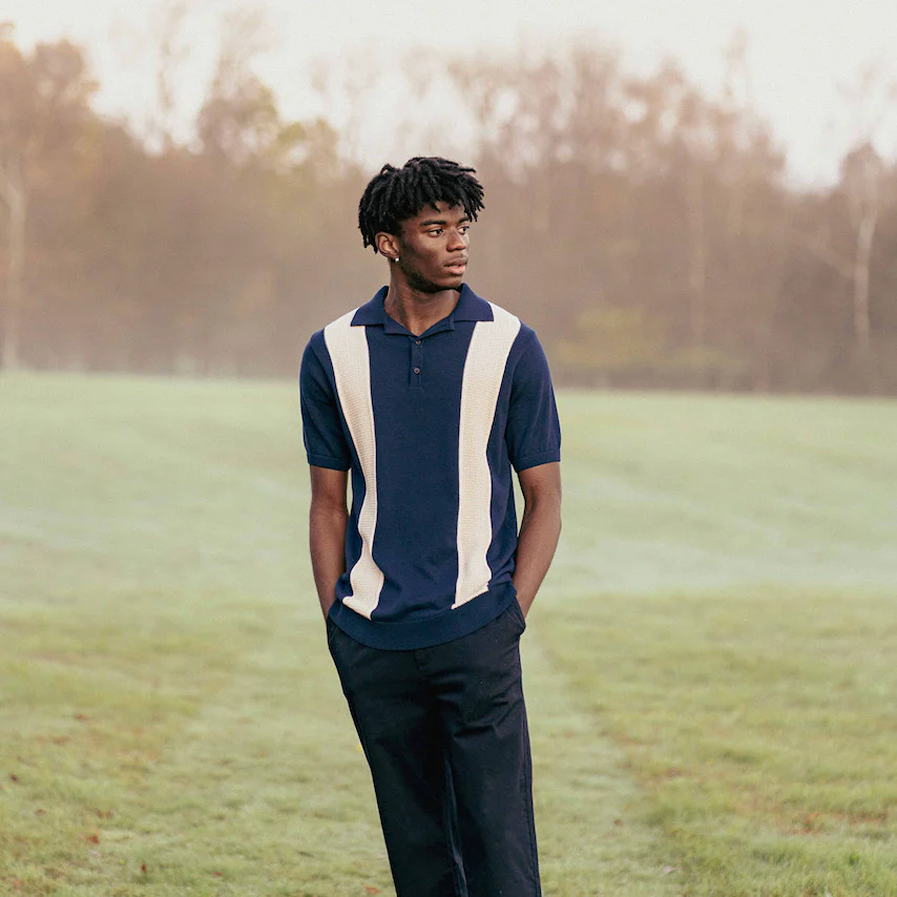
Golf is one of England’s most popular sports, with around 650,000 registered players, and 3 million fans. Invented in Scotland back in the 1400s, surprisingly the most popular place for golf on earth is not the USA but Iceland, where people often play past midnight in summer, when the sun never sets.
SLYCKER makes nice organic cotton polo shirts, ideal for days out golfing. The 12-gauge knit is airy in summer, yet provides a warm base layer in winter. This brand was founded by two brothers during the pandemic lockdown, who took up golf soon after and found it ‘horrendously addictive’ and decided to launch a brand to promote more sustainable golfwear.
It’s a pretty relaxed and safe sport (although you do increase your chances of being hit by lightning from 1 in a million to 1 in 250,000) and you have to be careful not to hit birds, who could die if struck. But golf is a rich business so there are many things golf clubs can do to help the planet and wildlife, while still enjoy ‘teeing off’ at their favourite clubhouse.
If caught in a thunderstorm, keep a safe distance from trees and metal objects (umbrellas, golf clubs, motorbikes, wheelchairs, tent poles). Stay inside cars (fabric tops could catch fire, if struck). If exposed, squat close to the ground with hands on knees, and tuck head between them, touching as little of the ground with your body (don’t lie down). If your hair stands on end, drop to the above position immediately.
create a more sustainable golf clubhouse
Let’s start with the obvious. Serve organic food, compost the waste to help create a ‘bowling green’ course for less cost and no chemicals, and install solar panels and rainwater harvesting to bring down costs (around 30K a year), which have minimal payback time. Switch to Ecotricity for green energy and use rechargable electric mowers to avoid oil pollution (always gently skim with a broom before mowing to check for sleeping wildlife, and use hand shears over strimmers). Never use robotic mowers (they mutilate wildlife that can’t escape in time).
Grazers (Yorkshire) is a nontoxic calcium-based substance that makes grass unpalatable, so humanely deters rabbits, deer and other unwelcome visitors (don’t use on edible grass for pet rabbits etc). It’s a good solution to keep the grass in top condition, without resorting to chemicals.
Gillyflower Golf (Cornwall) is a good example of a sustainable golf course. It has expanded area of long rough that are never mowed, created wildlife mini meadows to attract and feed pollinators, and has a massive Fallen Oak that remains to offer homes to insects, small mammals and birds. It uses seaweed -based fertiliers and water-saving measures. And gives a home to three pigs who trample down brambles and turn up new ground for new plants, without machinery. Bumblebee Conservation has a PDF guide on creating wildlife-friendly golf courses. If dogs visit your course, learn toxic plants to avoid near animal friends.
biodegradable golf balls & tees
Golf balls look like eggs to some wildlife (and lots of golfers shoot golf balls into the sea from coastal resorts or off cruise ships). So these (along with tees) need to be biodegradable, to avoid damage. You can buy bamboo golf tees that break down naturally or even one made from coffee waste. You can also buy biodegradable golf balls (100,000 alone are lost each year off the coast of California).
Many people spend a fortune on golf clubs, then decide that golf is not for them. Rather than have them sit in the garage, simply phone up your local golf club and offer them over, so someone who would like to play can use them.
kangaroo-friendly golf shoes & gloves
Many golf shoes (like football boots) are made from K-leather (aka kangaroo leather, made by shooting kangaroos and sometimes leaving the joeys to die in the pouch or starve). Grey Liam Golf Shoes are made from water-repellent and breathable vegan leather, with sporty decorative strips in contrasting colour, and an attractive hole design, to ensure good feet ventilation. Likewise, look for vegan leather golf gloves (which also are often made with kangaroo leather).
why are councils protecting golf over wildlife?
One issue of great environmental significance is knocking down wildlife sites to build golf courses. This happened a few years back when Donald Trump (before he became President) decided to ‘celebrate his Scottish heritage’ by destroying an Area of Outstanding Natural Beauty near the Scottish coast to build a luxury golf resort. There was huge opposition and although the council did not approve it, the Scottish government overrode it to ‘create more jobs’ at the expense of land they were elected to protect.
The fiasco even became a documentary You’ve Been Trumped on how one man and his lawyers thought they could buy anyone. The story revolves around a local fisherman who lived on a 23-acre farm with his (now late) mother and wouldn’t budge. Trump even offered £450,000 and a job on the golf course paying £50K but Michael said ‘I’ll never, ever sell to that loudmouth bully’. Trump in return branded him a ‘disgrace’ and described his home as ‘slum-like’. 10 years on, he still lives in the home that they had to build the golf course around. In a recent interview, he says ‘When I met him, all he talked about money. I really regret to this day that I didn’t knock him on his a***. ‘
Now a local legend, a portrait of him and his wife was unveiled in a Scottish national gallery and he was awarded the Top Scot award from Glenfiddich Spirit. Although happily married, some American women were apparently sending him marriage proposals, having never met him!
The sad endnote to this is that Scotland’s Nature Agency recently confirmed that the sand dunes near the Aberdeenshire golf course have now been stripped of protected status, due to damage caused by building the resort. And yet the website boasts of how the golf course is ‘set amid the great dunes of Scotland’.
Also in Scotland, a council has approved plans to build a golf course that will negatively affect the endangered Northern Brown Argus butterfly (thought to be extinct for 100 years) despite huge protests by wildlife campaigners. At time of writing, the Scottish government is now getting involved, and the decision may well be reversed.
should golf courses share land with others?
Golf courses tend to be very well-maintained and none of us want louts coming in and dropping litter etc. But there is a huge disparity here. England has around 25% of all Europe’s golf courses (usually over several acres). And no we don’t have to build houses on them (we can built cheap and naturally insulated new eco homes on existing disused land).
But environmentalist Guy Shrubsole who wrote the amazing book Who Owns England? does have a point when he looks at how many of the huge golf courses for just a few people could provide the public green space we so desperately need for public physical and mental health.
Higher income groups have access to nature at beach houses, lake cabins, golf courses or large gardens. For the poor, the alternative to television for leisure time is public space. For this reason, parks in particular are evidence of true democracy at work. Enrique Peñalosa (former mayor of Bogotá, Colombia)
Half the London golf courses are owned by councils or The Crown Estate. Together they make up 131 courses covering 11,000 acres that is the second largest amount of green space in London after parks and public gardens. Nationwide, golf courses make up 10 times more land area than allotments, with around a sixth of them in the London area. Together that’s half the land area of the National Trust. This leads him to ask why all those golf clubs are sitting there, while people are craving for space to walk themselves, their children and dogs – and the NHS savings would be enormous, by creating walkable communities.
London’s Beckenham Place Park is the first former golf course to be turned into a public park by Lewisham Council. It has a 5km walking/cycle track, wildflower meadows, ancient oaks, luxury lawns and even a swimming lake. People enjoy woodland walks and picnics, children play football and visitors sip wine at the nearby mansion cafe. Just 9 miles from Trafalgar Square, this is set on the site of a former golf course (of 100 years) that was closed in 2016. At 86 hectares, it’s now one of the largest public parks in London.
Whenever we take a family walk to a nearby golf course, we follow a dirt trail around the perimeter, the only area in which us non-golfing ‘commonfolk’ are allowed. We circle toward home (the view obscured by an ugly chainlink fence) there is a distinct sense of exclusion. That privilege is reserved for the golfers – unsurprisingly mostly middle-aged older white men. We never see more than a dozen of them at a time. That so much land is reserved for so few people incenses my daughter. It’s not fair. She’s going to write a letter to the mayor, she says. I feel the same way I do when I walk through First Class on an airplane. Kerala Taylor


